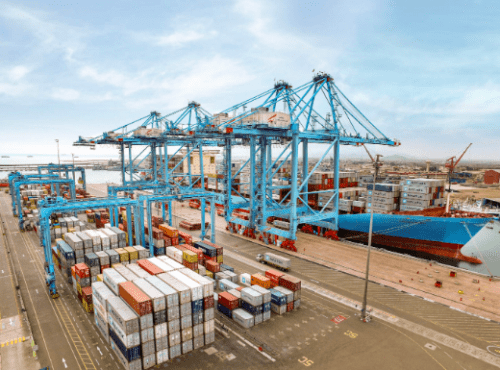APM Terminals has said that the COVID-19 pandemic has brought unexpected benefits to its global terminal operating system (TOS) roll-out with remote working enabling better continuity and service.
In a statement, APM Terminals said time saved travelling to and from work contributed to a “significant cost saving”, as well as greater focus.
The leading global terminal operator is rolling out Navis N4 to all of its terminals globally, with the goal of having one standardised TOS by the end of 2021.
It had just begun implementing the new TOS at APM Terminals Los Angeles when the pandemic forced its roll-out team to work remotely, describing the project as “business critical”.
“The team had become comfortable with face-to-face communications and having the global team on site also puts the local team at ease,” explained Patrick Heilig who is responsible for the global TOS implementation team.
“Working remotely however, we realised that we could actually offer improved service and continuity. Because our global TOS team are located around the world in different time zones, we could offer support 24 hours per day.
“The team also had more working hours available as there was no time spent travelling to the location and adapting to local time zones. This also contributes to a significant cost saving.”
The lack of face-to-face communication also focussed the team’s communication efforts – something that according to Heilig is, “just as important as the project management and technical implementation. Managing the expectations of stakeholders is half the battle.”
APM Terminals said and that it would apply lessons learned during the lockdown period in all future upgrades and roll-outs, including the transitioning from Argos to Navis in its Spanish terminals.
“Major version upgrades are a great candidate for remote implementation as it requires a small amount of reconfiguration and limited training,” says Heilig.
“For the Spanish terminals a much bigger transition is involved requiring extensive training. But we’re now confident that there are large parts of the project that will now be implemented remotely.”
